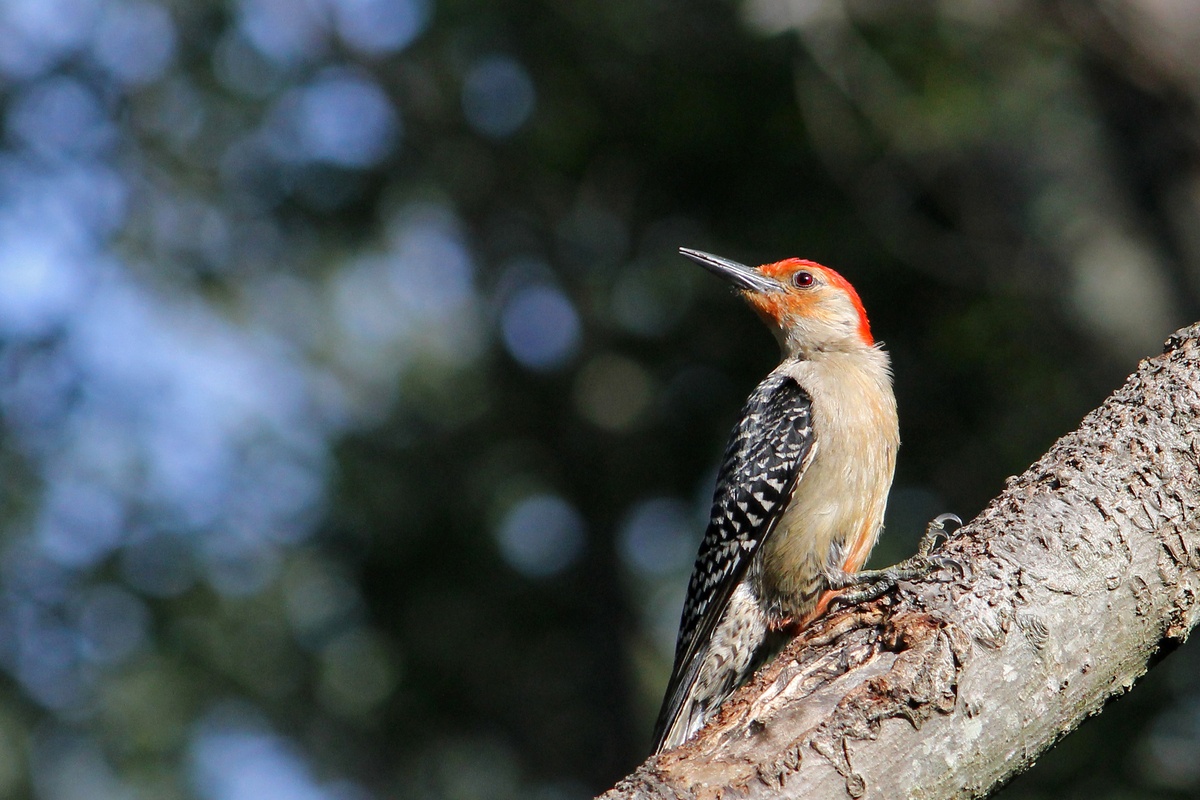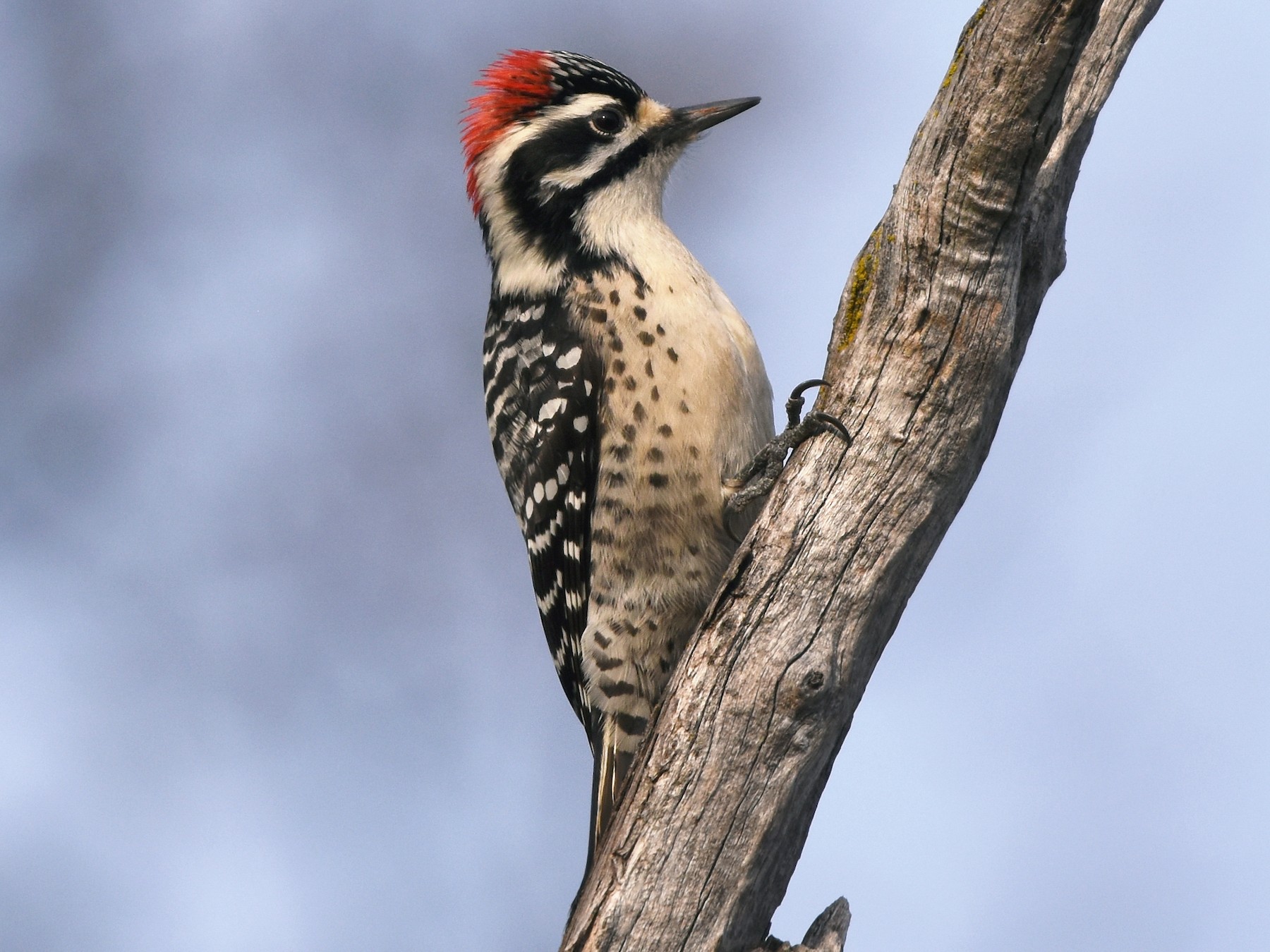Introducing the Keys of Woodpeckers: Actions, Environment, and A Lot More
Woodpeckers, with their special behaviors and specialized adjustments, have long fascinated researchers and nature enthusiasts alike. These impressive birds possess a variety of fascinating tricks that lost light on their survival techniques, environment preferences, and elaborate interaction techniques. By uncovering the enigmas surrounding woodpeckers' actions and habitat options, a much deeper understanding of these avian marvels emerges, providing a glimpse right into their remarkable world. What makes these birds absolutely remarkable, and just how do they navigate their atmosphere with such accuracy and ability? Let's discover the fascinating realm of woodpeckers and decipher the enigmatic details that make them such intriguing topics of research study.
Woodpecker Actions Insights
In examining woodpecker habits, an interesting screen of specialized skills and adaptations emerges, losing light on their remarkable eco-friendly specific niche. Woodpeckers, known for their distinct drumming on trees, have a selection of behavioral attributes that contribute to their survival and success in their atmosphere.
Additionally, woodpeckers exhibit a special feeding actions characterized by their ability to essence bugs from tree bark using their specialized beaks. Their lengthy, barbed tongues help in recording prey, while their strong neck muscles supply stability and accuracy throughout pecking movements. This feeding method permits woodpeckers to accessibility hidden insect larvae and extract them with amazing effectiveness.
Environment Preferences and Selection
What aspects influence the environment choices and choice of woodpeckers? Woodpeckers are very adaptable birds understood to live in numerous environments worldwide. They do show choices for specific environment qualities. One critical element affecting woodpecker environment option is the schedule of appropriate nesting sites. Woodpeckers usually prefer woodlands with a mix of mature trees that give sufficient opportunities for cavity excavation. These dental caries function as vital nesting and roosting websites for woodpeckers and are crucial for their reproducing success.
Additionally, woodpeckers show a choice for environments with a plentiful supply of food sources. They are mostly insectivorous, feeding on beetles, ants, larvae, and various other insects found in decaying timber or tree bark. Therefore, woodpeckers tend to prefer woody areas with a varied insect populace to meet their dietary requirements.
Additionally, the presence of dead or worn out trees is another vital consider woodpecker habitat option. These trees not only give food resources but also provide suitable substratum for tooth cavity excavation. Dead trees are crucial for the upkeep of healthy and balanced woodpecker populaces, as they play a vital role in the woodpeckers' life process and community characteristics.
Feeding Routines and Diet Plan Structure
Woodpeckers show a specialized feeding behavior focused on foraging for pests within various habitats. In addition to pests, woodpeckers likewise eat tree sap, fruits, nuts, and seeds, including variety to their diet plan depending on the period and schedule of food sources.
The foraging strategies of woodpeckers are well-adapted to their arboreal lifestyle (Woodpeckers in Florida). Their ability to excavate timber not just provides them with food yet likewise helps in developing nesting tooth cavities and developing territories. Woodpeckers play an essential function in maintaining the health of woodlands by managing insect populaces and helping in the decomposition of timber. Recognizing their feeding habits and diet regimen structure is necessary for conservation efforts aimed at preserving these unique and valuable birds.
Drumming Sounds and Interaction
Making use of fast drumming sounds on numerous surfaces, woodpeckers employ a distinct type of communication to signify area boundaries and bring in blog here companions. This drumming behavior is not only a means of interaction however click over here now also works as a way for woodpeckers to develop their presence within a certain area. The strength, speed, and pattern of the drumming can convey crucial information to various other woodpeckers around.
Woodpeckers make use of drumming noises to introduce their existence in an area and to caution off possible trespassers. The loud and recurring nature of the drumming acts as a clear signal to various other woodpeckers that the area is currently claimed. This aids in decreasing disputes and lessening physical fights in between individuals.

Survival Adaptations and Specialized Anatomy

Verdict
Finally, woodpeckers display distinct actions, such as drumming audios for interaction, and have specialized anatomy for survival in their chosen environments. Their feeding routines and diet plan structure additionally show their flexibility to different environments. By comprehending these you can try here aspects of woodpeckers, researchers and guardians can better shield and protect these remarkable birds and their communities.